Blame It on Lucile
Handloader
|August - September 2020
Shooting the .28-30-120

It’s tempting to say that it’s a cartridge that deserved much better – a fine round that was not appreciated in its day and allowed to fall into obscurity through no fault of its own. Tempting, but hardly true. The only good reasons I can come up with for attempting to load the .28-30-120 are (a) you are a masochist, (b) you love a challenge, and the trickier the better, or (c) you have acquired a fine old .28-30 rifle that is too nice to alter, but you still want to shoot it.
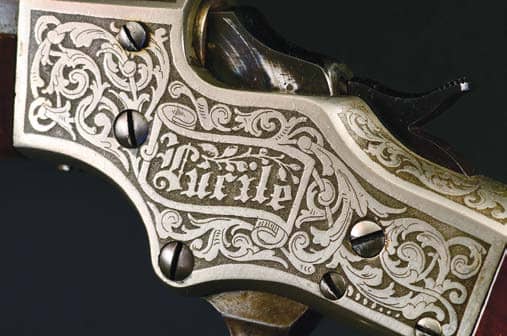
In my particular case, there’s a bit of all three. Getting involved with the .28-30-120 was never on my list of ambitions, but I chanced upon a rifle named “Lucile,” succumbed to its charms, picked up a second rifle in the same chambering almost by accident, and here we are: Embroiled in the most complicated reloading project I can remember.
First, a little history. The .28-30-120 (usually abbreviated to .28-30) was introduced by the J. Stevens Arms & Tool Company in the fall of 1900, intended (and expected) to become the latest hotshot
Cette histoire est tirée de l'édition August - September 2020 de Handloader.
Abonnez-vous à Magzter GOLD pour accéder à des milliers d'histoires premium sélectionnées et à plus de 9 000 magazines et journaux.
Déjà abonné ? Se connecter
PLUS D'HISTOIRES DE Handloader

Handloader
OEHLER's New System 89 Chronograph
Measuring Bullet Performance Downrange
11 mins
June - July 2022
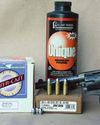
Handloader
The Problem with Low Pressure Loads
Bullets & Brass
9 mins
June - July 2022
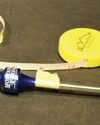
Handloader
Measurements for Rifle Handloading
Handy Techniques for Accurate Ammunition
10 mins
June - July 2022
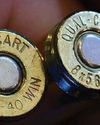
Handloader
THE BRASS RING
In Range
6 mins
June - July 2022
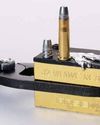
Handloader
Semi-custom Bullet Moulds
Mike's Shoot in' Shack
4 mins
June - July 2022
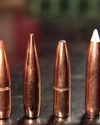
Handloader
REVISITING THE 6.5 -06 A-SQUARE
Loading New Bullets and Powders
9 mins
June - July 2022
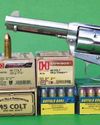
Handloader
Cimarron Stainless Frontier .45 Colt
From the Hip
5 mins
June - July 2022
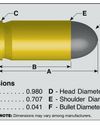
Handloader
9x18mm Makarov
Cartridge Board
5 mins
June - July 2022
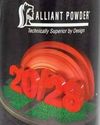
Handloader
Alliant 20/28
Propellant Profiles
5 mins
June - July 2022
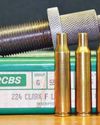
Handloader
.224 Clark
Wildcat Cartridges
6 mins
June - July 2022
Translate
Change font size

